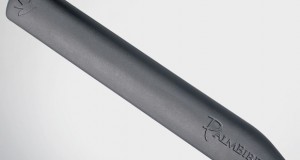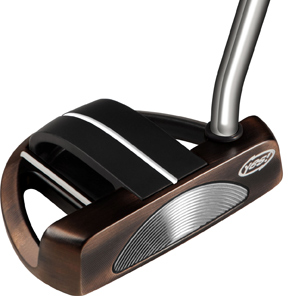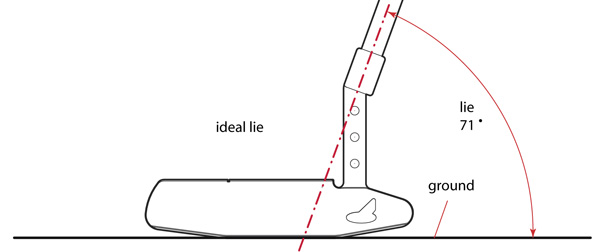 When it comes to golf, many of us just think too hard—and the same could be said for academics, especially considering a recent study that was publicized by Science Daily under the banner of “Why Tiger Woods’ Putter May Not Be Right for You.”
When it comes to golf, many of us just think too hard—and the same could be said for academics, especially considering a recent study that was publicized by Science Daily under the banner of “Why Tiger Woods’ Putter May Not Be Right for You.”
The article begins by stating: “Take a look inside the average American household and you
The study in question, we’re told, “examines how manipulating the difficulty of a task given to a group of consumers leads to changes in their perceptions of their relative abilities and, consequently, in their choice of products.”
According to the article: “In the first of two experiments, 55 participants were asked to putt golf balls on an indoor putting green. Half of the subjects putted a golf ball from 10 feet from the cup and the other half putted from three feet. Those who putted a shorter distance (easy task) not only were able to sink more balls but also thought they were better golfers in general than those putting a long distance (hard task)—despite the obvious ease or difficulty of the putts…Furthermore, the participants used these biased self-assessments as a cue for product choice. The three-foot putters thought they should buy higher-end golf balls, compared with the 10-foot putters who selected lower-quality golf balls.”
The article concludes with the following quote from the author of the study: “As retailers race to improve the in-store experience for consumers by providing opportunities to try out products, they may unintentionally be misleading customers about their relative standings. For instance, in a sporting goods store, the climbing wall is certainly smaller and easier to scale than a real mountain, and the putting green is flatter and shorter than an actual golf course…My research suggests that if these trials are fairly easy, retailers may inadvertently encourage inflated perceptions of ability among their customers. The consequences of these misperceptions could range from frustration to actual physical injury.”
Does this mean that golf retailers should remove their indoor putting greens, providing customers less of an opportunity to sample the available putters? Short of installing an 18-hole golf course inside a store (talk about the chances of physical injury!), what can a golf retailer be expected to do?
Incredibly, the author of the study is a professor of marketing. The whole point of marketing in a free economy is to encourage the consumer to spend more, not less, on products. The real world may be a cruel place, but it’s all we’ve got. Caveat emptor, right?
Regardless, if you are an aspiring golfer who is committed to improving his or her game, you shouldn’t buy clubs based on how you are golfing today, but rather how you want to be golfing tomorrow. This doesn’t mean going crazy and purchasing a $300 putter (such as a Scotty Cameron, the putter played by Tiger Woods) and a $1,500 set of irons if you carry a 30 handicap. But it does mean not buying a junky putter for $30 just because your game is currently lousy.
The quality and caliber of your equipment should always have enough room for you to grow your game without quickly outgrowing your equipment. If your equipment can’t reward and keep pace with your improvement, then you will not grow as a golfer.
Check out the Odyssey Marxman, Heavy Putter, Cleveland VP or TaylorMade Rossa, to name a few. If you’re a beginning golfer who is committed to improving, do yourself a favor and spend a little extra on one of these relatively affordable putters—not to match the golfer you are now, but the golfer who you want to become. If you want to build a solid house, you need the right tools. Tiger Woods’ putter might not be right for you, but Troy Matteson’s, Sergio Garcia’s and Padraig Harrington’s just might.
Think of it this way: who would become an accomplished guitarist more quickly, someone learning on a $50 toy from Wal Mart or someone learning on a nice mid-range $300 guitar with genuine sound and craftsmanship?
This study certainly proves one thing that can apply to golf as well as life: thinking too hard can be hazardous to your game.
 PutterZone – Best Putter Reviews
PutterZone – Best Putter Reviews



